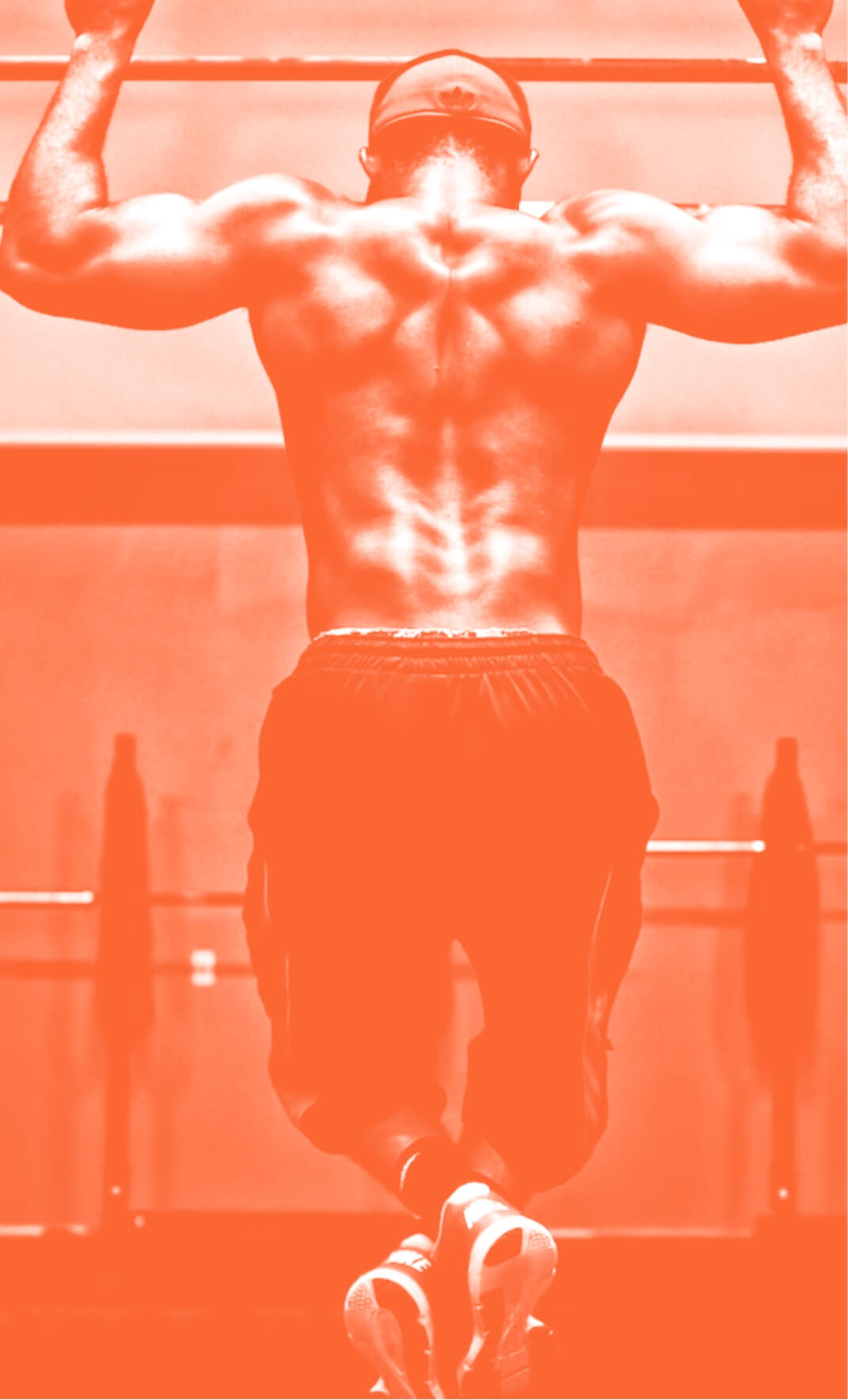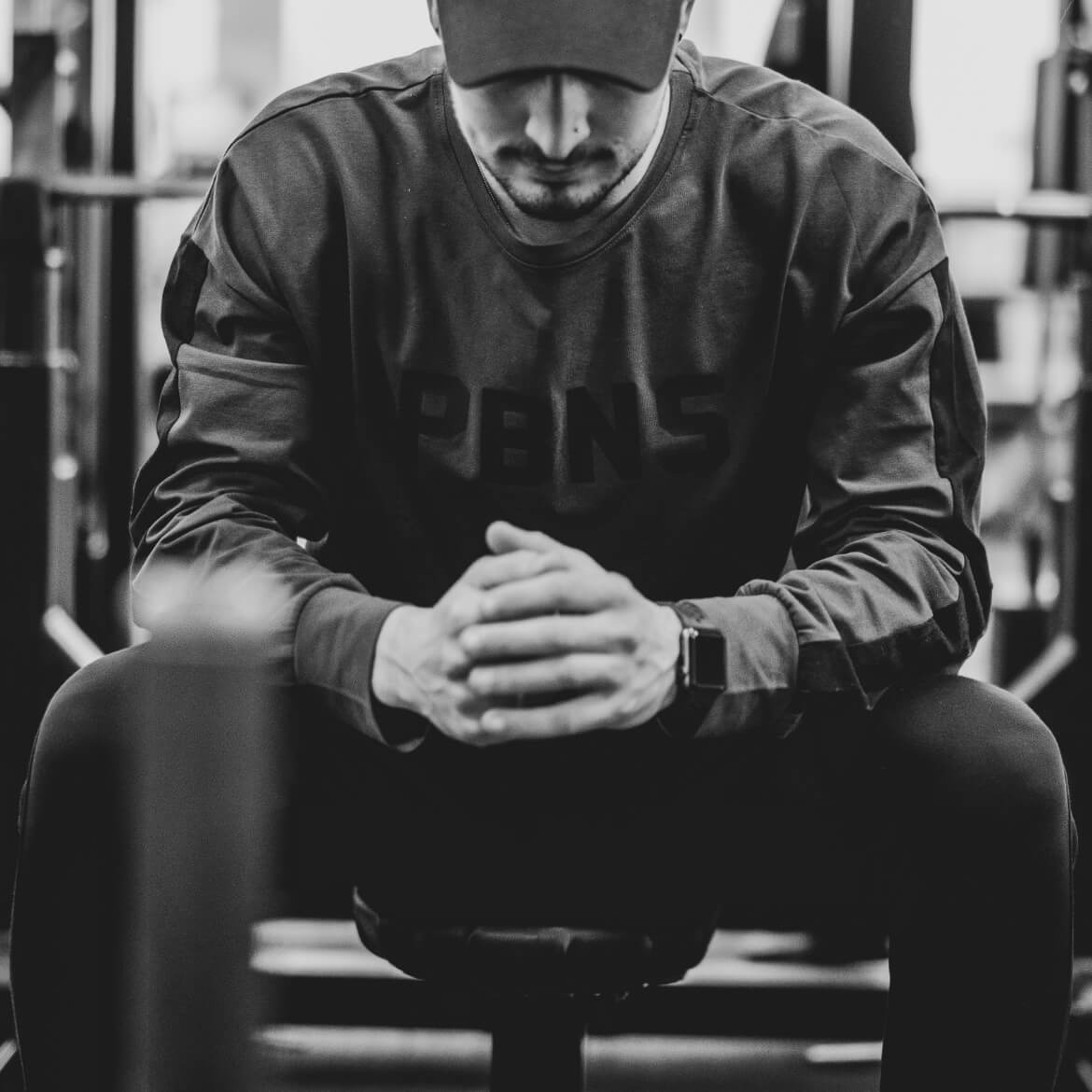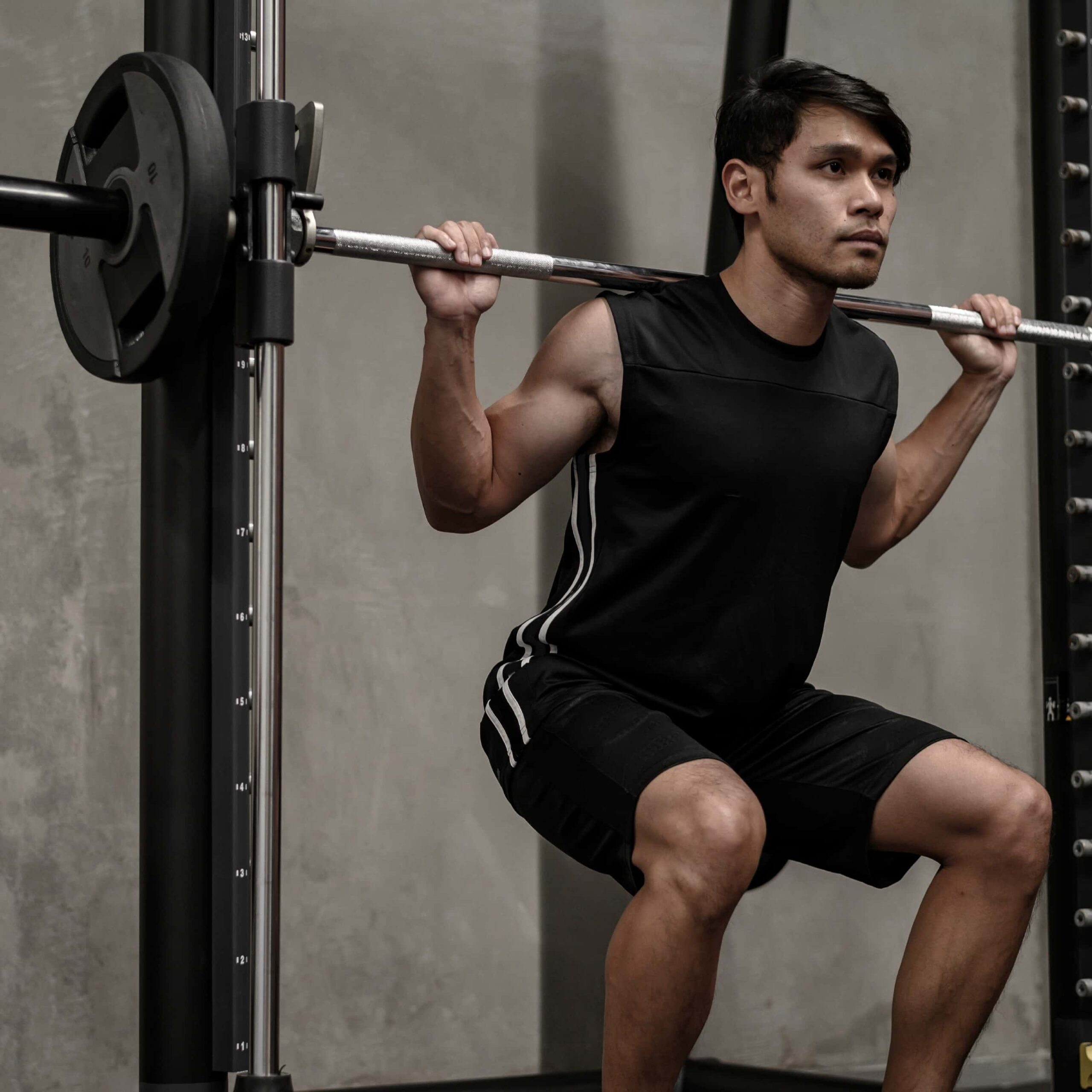How to Avoid an Injury When Running on a Treadmill
27th Nov 19

Treadmills are one of the most iconic cardio machines in existence. They’re so famous that this might seem like a slightly ridiculous article due to how popular treadmills really are. But running on a treadmill can cause an injury easier than you’d think. That’s why it’s so important to learn about common treadmill injuries and what you can do to keep yourself safe.
Before we get into it, let’s take a step back. You’re not even leaving the comfort of your own home most of the time, so what should you have to worry about? In reality, not a lot. Treadmills are, of course, equipped with plenty of features to keep you safe, such as non-moving platforms at either side and handles so you can hold on and run in a comfortable position. You can even choose your own speed and incline. But like all equipment, there are things you can do to keep yourself safe, so here are some of the most common treadmill issues.
Want to move fast? Jump to the right section below.
Falling Injuries
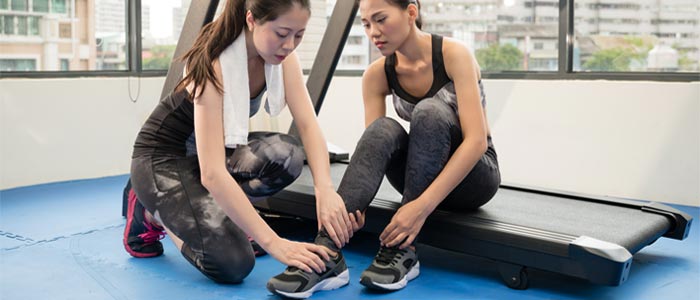
Falling is probably the most common issue with running, especially if you’re looking at the short term. Most newer treadmills have a clip feature meaning that if you fall or injure yourself, you will stop the machine by pulling it. It’s attached to your clothing, so it shuts off the machine instantly, preventing any real issues. Despite all of that, it still happens! Keep on your toes!
Even getting on and off the treadmill can pose a risk of injury. So it’s crucial that you don’t play around on them or put yourself in danger. They have strong motors, after all!
Over Stretching
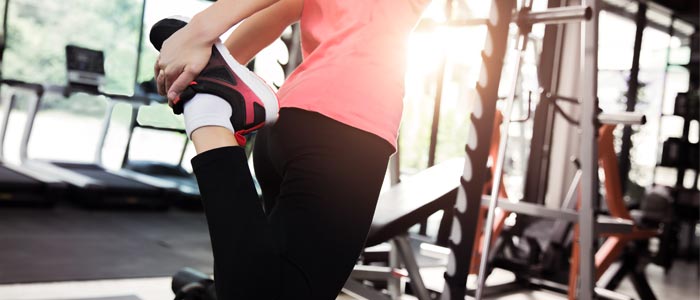
Like any workout, it’s vital that you warm up before you work out. Stretching is a great way to do it, as well as walking or gradually speeding up on your treadmill. They’re all viable options.
The problem is that as we get so used to using a treadmill, it gets easier to neglect the warming up or even cooling off. Warming up is one of the most important ways to protect yourself from an injury in any workout, and running on a treadmill is no different. Always take the time to stretch, build up to exercise, and cool off after.
Equipment Faults

The treadmill itself can cause you issues, too, rather than just how you use it. For example, if it’s old or outdated, it might not have the best tech to help you stay safe. In addition, shock absorbers may not be as good as they should be, and that is one of the easiest ways to give yourself knee and joint injuries that can be a huge issue in everyday life. (It’s important to note that a descent treadmill is still better for your knees than outdoor a lot of the time. Here’s more info).
The positioning of the treadmill may also prevent some injury in the future too. Running with a slight incline of between 2 and 4 degrees will create a more realistic running motion and a forward lean without having to apply any real extra effort that a larger incline would do. Again, that’s just good practice.
Trainers
Aside from a newer treadmill with good quality shock absorbers being in place, wearing the correct footwear is also crucial to avoiding injuries when running. That goes for both indoor and outdoor.
A good start is a bounce. The shoes ideally need to have a lot of cushioning on the heels as this is typically the first point of contact with the floor or surface and thus needs to take most of the impact.
This does differ slightly with different types of shoes, though. Other shoes are often designed for different surfaces such as trail running vs road running and the different characteristics they should have. Many of these shoes will also last around 500 miles, so you don’t need to change too often either.
Staying Safe
Overall, with the right equipment like the correct treadmill and the right shoes, and even with the right technique, the risk of treadmill injuries are minimal, and the treadmill itself is reasonably safe.
To ensure strain like runners knee is avoided, it may be wise to not rely solely on running. Instead, change your cardio workout to have some variation on different days. For more advice on this topic, see a trainer or physician. If you are already suffering from any of these injuries, contact your doctor and ask how best to proceed.

Before beginning any exercise or nutrition program, consult your physician, doctor or other professional. This is especially important for individuals over the age of 35 or persons with pre-existing health problems. Exercise.co.uk assumes no responsibility for personal injury or property damage sustained using our advice.
If you experience dizziness, nausea, chest pain, or any other abnormal symptoms, stop the workout at once and consult a physician or doctor immediately.

